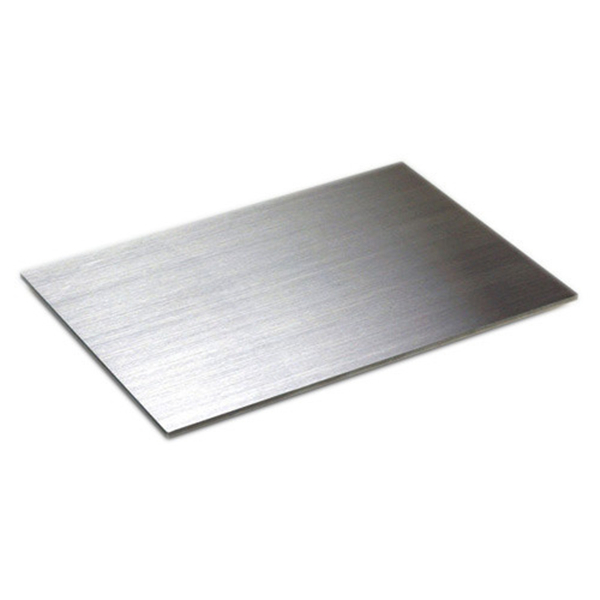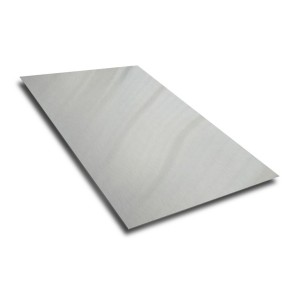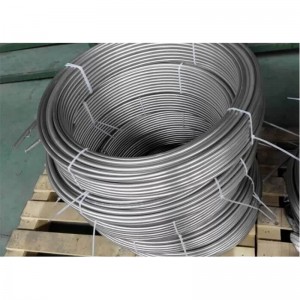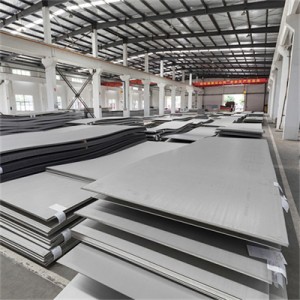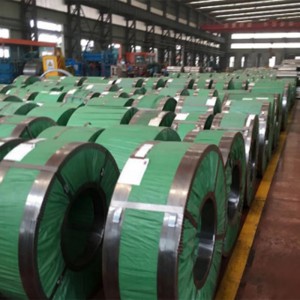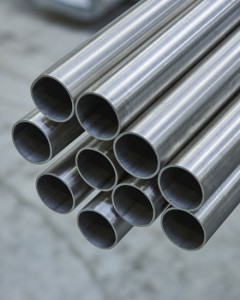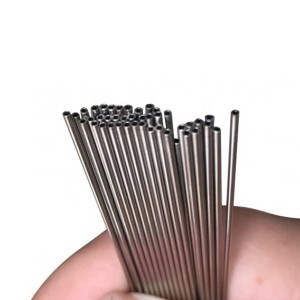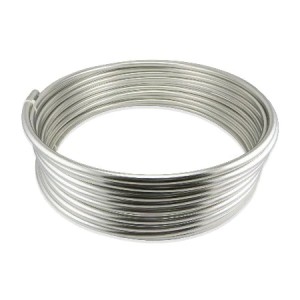stainless steel plate
Introduction of stainless steel plate
Stainless steel plate is generally a general term for stainless steel plate and acid-resistant steel plate. Introduced at the beginning of this century, the development of stainless steel plate has laid an important material and technical foundation for the development of modern industry and scientific and technological progress. There are many types of stainless steel plates with different properties. It has gradually formed several categories in the development process. According to the structure, it is divided into four categories: austenitic stainless steel, martensitic stainless steel (including precipitation hardening stainless steel), ferritic stainless steel, and austenitic plus ferritic duplex stainless steel. The main chemical composition or some characteristic elements in the steel plate are classified into chromium stainless steel plate, chromium-nickel stainless steel plate, chromium-nickel molybdenum stainless steel plate, and low carbon stainless steel plate, high molybdenum stainless steel plate, high purity stainless steel plate, etc. According to the performance characteristics and uses of steel plates, it is divided into nitric acid-resistant stainless steel plates, sulfuric acid-resistant stainless steel plates, pitting-resistant stainless steel plates, stress corrosion-resistant stainless steel plates, and high-strength stainless steel plates. According to the functional characteristics of the steel plate, it is divided into low-temperature stainless steel plate, non-magnetic stainless steel plate, free-cutting stainless steel plate, superplastic stainless steel plate, etc. The commonly used classification method is to classify according to the structural characteristics of the steel plate, the chemical composition characteristics of the steel plate, and the combination of the two. Generally divided into martensitic stainless steel, ferritic stainless steel, austenitic stainless steel, duplex stainless steel, precipitation hardening stainless steel, etc., or divided into two categories: chromium stainless steel and nickel stainless steel. Wide range of uses Typical uses is pulp and paper equipment heat exchangers, mechanical equipment, dyeing equipment, film processing equipment, pipelines, exterior materials for buildings in coastal areas, etc.
The stainless steel plate has a smooth surface, high plasticity, toughness, and mechanical strength, and is resistant to corrosion by acids, alkaline gases, solutions, and other media. It is an alloy steel that does not rust easily but is not rust-free.
The stainless steel plate has a smooth surface, high plasticity, toughness, and mechanical strength, and is resistant to corrosion by acids, alkaline gases, solutions, and other media. It is an alloy steel that does not rust easily but is not rust-free. Stainless steel plate refers to a steel plate that is resistant to corrosion by weak media such as atmosphere, steam, and water, while acid-resistant steel plate refers to a steel plate that is resistant to corrosion by chemically corrosive media such as acid, alkali, and salt. The stainless steel plate has been around for more than a century since it came out at the beginning of the 20th century.
Specification
| Type | corrosion resistant plate |
| Standard | ASTM A269/A249 |
| Material | 304 / 304L / 316L / 321 / 317L/2205 /625/ 285/ 2507 |
| Process | Welded and cold drawn |
| Application | Stainless steel is mainly used where corrosion resistance is required and is also used for decoration. Taking advantage of its high content of chromium (Gr) and nickel (Ni), it is not easy to rust, acid and alkali resistance, and other characteristics that ordinary carbon steel does not have. Secondly, it is used in decoration and decoration, which is beautiful and durable. Followed by living utensils, pots, spoons, pots, bowls, table knives, etc. are all made of stainless steel. 304 stainless steel is the most widely used chromium-nickel stainless steel. As a widely used steel, it has good corrosion resistance, heat resistance, low-temperature strength, and mechanical properties; good hot workability such as stamping and bending, and no heat treatment Hardening phenomenon (use temperature -196℃~800℃). Corrosion resistance in the atmosphere, if it is an industrial atmosphere or heavily polluted area, it needs to be cleaned in time to avoid corrosion. Suitable for food processing, storage, and transportation. Has good processability and weldability. |
| Dimension | customizable |
| Specification | 3.175-50.8MM*0.2-2.5MM |
| Thickness | 0.2MM-2.5MM |
| Length | 100mm-3000 or as customer’s requirement |

